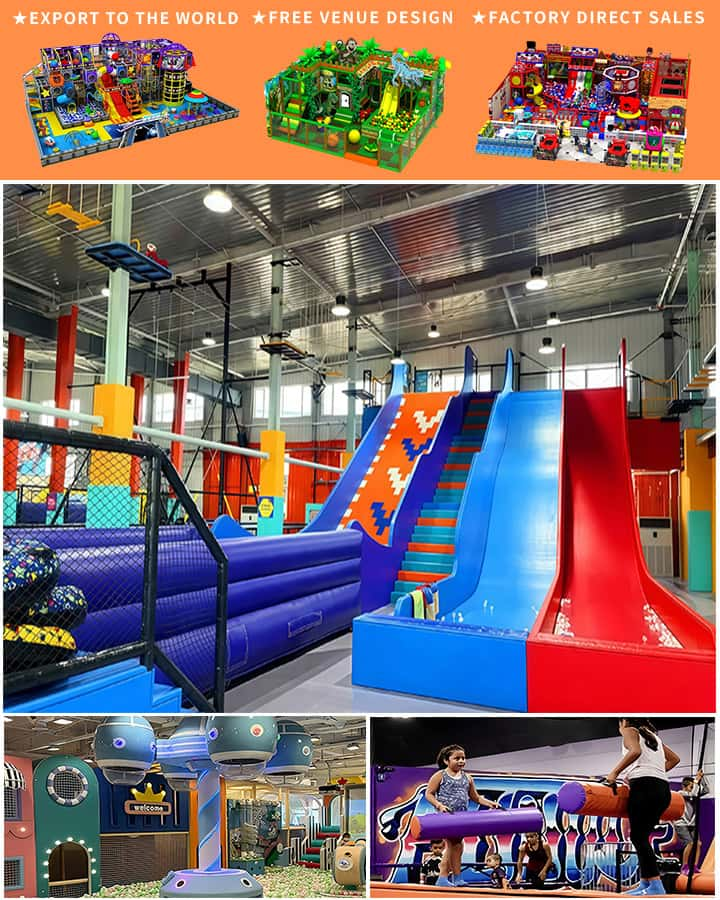In the hustle and bustle of academic life, recess provides a much-needed breath of fresh air for both students and teachers. An engaging playground can transform this break into an exhilarating experience, promoting physical activity, social interaction, and even cognitive development. However, many schools face the challenge of limited budgets when it comes to providing quality playground equipment. This article delves into the realm of affordable playground equipment for schools, highlighting how cost-effective solutions can still deliver enriching play experiences for students.
The Importance of Playgrounds in Schools
Playgrounds are more than just places where children burn off energy; they play a critical role in a child’s holistic development. Physically, playgrounds encourage regular exercise, which is essential for growing bodies. Socially, they provide opportunities for children to collaborate, negotiate, and develop friendships. Cognitively, activities such as climbing, balancing, and exploring stimulate problem-solving skills and creativity.
Criteria for Choosing Affordable Playground Equipment
When selecting playground equipment, schools must balance affordability with safety, durability, and educational value. Some key criteria include:
- Safety Standards: Ensure all equipment meets national safety standards to minimize injury risks.
- Durability: Opt for materials that can withstand heavy use and harsh weather conditions.
- Educational Benefits: Choose equipment that promotes physical, social, and cognitive development.

- Inclusivity: Provide options for children of all abilities to ensure everyone can participate.
Popular Affordable Playground Options
1. Slides
Slides come in various sizes and designs, making them a versatile addition to any playground. They can accommodate different ages and skill levels, offering thrilling fun for young children while providing a gentle slope for older ones. Modern slides often incorporate features like handrails and non-slip surfaces for added safety.
2. Swings
Classic yet universally loved, swings remain a staple of school playgrounds. They are relatively inexpensive and offer simple yet profound joy. Options range from traditional belt swings to safer, molded plastic seats, ensuring inclusivity for children of varying abilities.
3. Climbing Structures
Climbing walls, domes, and other structures help develop motor skills and confidence. These are available in various sizes and difficulty levels, allowing schools to cater to different age groups. Many climbing structures also include built-in safety features like textured surfaces and guardrails.
4. Balance Beams and Limber Spreader Bars
These pieces of equipment enhance balance and coordination. Often constructed from durable materials, they offer years of reliable use. Balance beams can be used individually or incorporated into larger play structures, adding variety to the playground setup.
5. Interactive Play Panels
Incorporating elements of learning and creativity, interactive play panels often feature puzzles, games, and other brainteasers. These panels can be mounted on existing structures or stand alone, providing mental stimulation along with physical activity.
Tips for Maximizing Budget
- Grant Opportunities: Research grants specifically aimed at improving school playgrounds. Many organizations offer funding for outdoor recreation projects.
- Community Involvement: Engage local businesses, parents, and community members in fundraising efforts. Community involvement not only raises funds but also strengthens the school’s connection to its surroundings.
- Phased Approach: Instead of overhauling the entire playground at once, plan phased improvements. This strategy allows for better financial management and ensures continuous enhancement of facilities.
- DIY Projects: Simple DIY projects like painting old equipment or adding natural elements like wooden logs for climbing can refresh an aging playground at minimal cost.
Conclusion
Affordable playground equipment does not have to compromise on quality or safety. With thoughtful planning and resourcefulness, schools can create vibrant, stimulating playgrounds that serve the needs of all students. By investing in these spaces, educators can support physical health, social skills, and cognitive development, ultimately enriching the overall educational experience.




